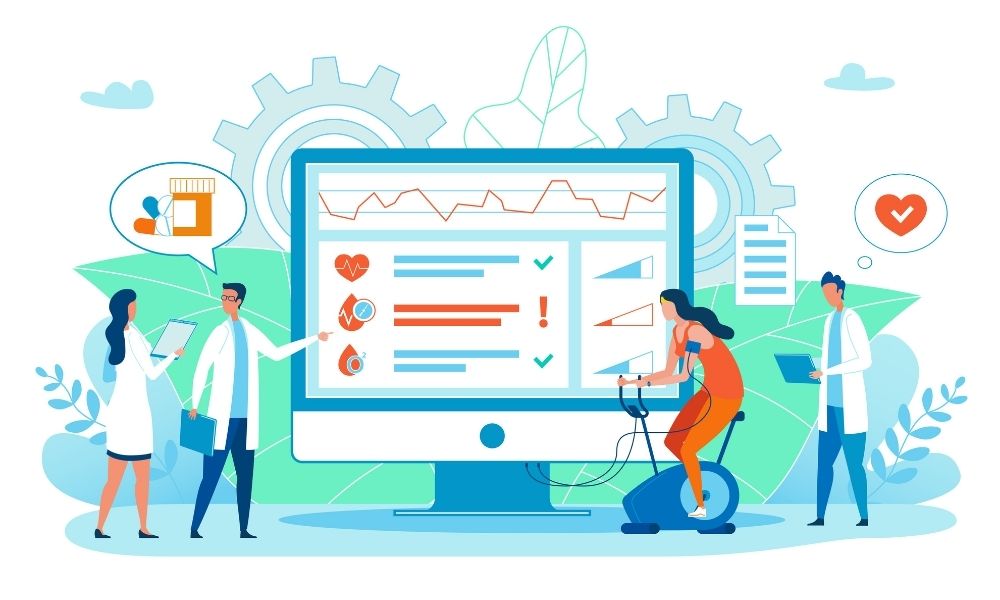Protected health information (PHI) includes everything from a patient’s medical history to their name and address. Most hospitals and doctor offices have switched to digital forms and records to back up their paper documents and provide online access to them for their clients. Keeping medical documents in a digital format is about more than convenience, though. Understand why electronic records are best for keeping PHI secure at your medical center.
Authorize Access To Health Records
With electronic health records (EHR), the patient has more control over who gets to access their information. Once a patient grants a provider permission, doctors can access records through cloud services. You should maintain strong login credentials to try and prevent hackers from spying on your clients.
Encrypt Electronic Health Records
Encryption helps medical organizations and other businesses comply with the Health Insurance and Accountability Act (HIPAA). Under HIPAA, companies must disclose breaches and hacks that affect medical records. In addition to using strong passwords, you can use encryption for audits of medical records. With an audit, you can tell who has accessed which medical records at what time.
Backup Electronic Health Records
Copying computer data—also known as performing a backup—is important in case of an emergency. If your system is hacked and held for ransomware, you can disregard paying the ransomware because your IT team can restore your system with the backup. You can lose paper documents to natural disasters in seconds, while medical document scanning services save them in the cloud. Backing up EHR can protect them from
- fire
- flood
- tornado
- earthquake
- hurricane
- vandalism
- criminal trespass
It is undeniable why electronic records are best for keeping PHI secure when data is so valuable. Since HIPAA was introduced in 1966, the law has stated that companies dealing with PHI must disclose any hacks or breaches that occur. With the medical document scanning services from Scanstrong, you can encrypt your patients’ records and perform regular audits to find out who has accessed them.

